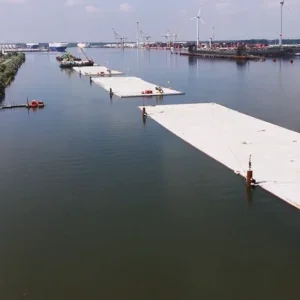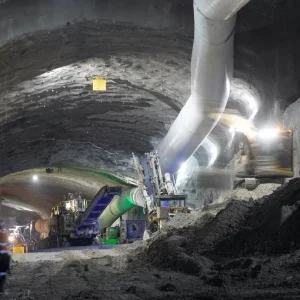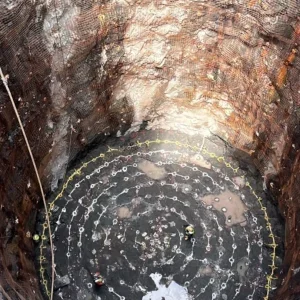Four years of tunnelling has concluded at the Olmos trans-Andean tunnel. Over 16,000 rock bursting events resulted from the 12.5km TBM drive. A 5.3m-diameter Robbins Main Beam TBM was used and broke through on 20 December. The contractor was Odebrecht Peru Ingenieria y Construccion.
Some 17 per cent of the rock bursting events were classified as severe, due to the high rock stresses caused by up to 2,000m of overburden. No injuries were reported. A pre-drilling and sequential boring policy by Odebrecht may have helped with this. During a push, workers retreated 40m back from the face via an area behind the cutterhead support. They would wait for 30 minutes to allow rock deformations to occur before returning.
A Robbins spokesman described the geology as ‘extreme’. The spokesman added, “Andesite, dacite, tuff, schist, and pyroclastic breccias up to 250MPa UCS were unforeseen and required in-tunnel machine modifications as rock bursting became more severe. Crews removed the roof shield fingers and installed the McNally Support System. The system consists of steel slats anchored to the roof of the tunnel by steel straps and rock bolts, effectively containing loose and unstable rock. These steel slats form an umbrella that allows the crew to work in a safe environment. Other changes included reinforcements to the cutterhead, and relocating the platforms and operator’s cab.”
Odebrecht production manager Hiroshi Handa said, “I am proud to have an extraordinary working team – despite all of the difficulties and challenges they never lost confidence. There were days with advance rates of 35m, and days with rates of 50 cm in the most difficult conditions.”
The project is part of a scheme to transfer water from Huancabamba River on the eastern side of the Andes to drier areas on the Pacific Ocean Watershed.







